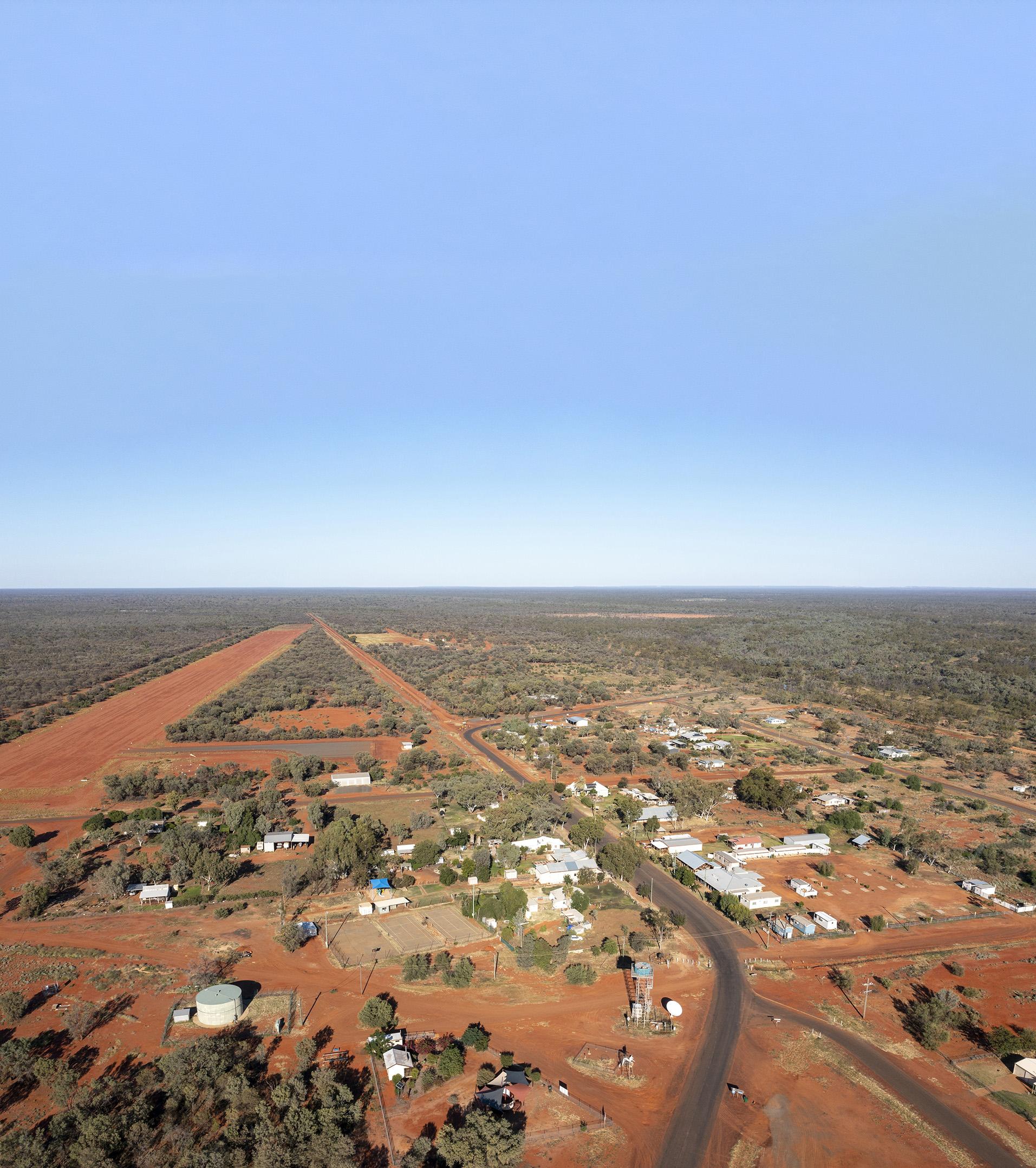
Remote Indigenous communities need improved infrastructure and services to support residents and visitors
04 Jul 2024
Movement between remote communities and urban centres is vital for many Indigenous Australians, however mobility patterns can add pressure to already underfunded infrastructure and services in remote communities, finds new AHURI research.
The research, ‘Indigenous mobility and its impact on remote infrastructural needs: an exploratory study’, undertaken for AHURI by researchers from the University of Adelaide, Curtin University, University of Tasmania, Menzies School of Health Research, University of Sydney and Macquarie University, explores the mobility patterns of Indigenous people living on Country and its impact on the planning of housing, infrastructure and services within remote communities.
‘During the COVID-19 pandemic, Indigenous populations who were seen as being at risk of higher rates of infection and more serious disease than non-Indigenous populations were encouraged to return to remote communities,’ says lead researcher Associate Professor Megan Moskos at the University of Adelaide. ‘This policy of Return to Country led to high expectations for remote communities to meet the often diverse and complex needs of returnees, placing further strain on existing remote community infrastructure and services.’
Temporary mobility—that is movement that does not involve a change of usual residence—is caused by a wide range of factors, apart from Return to Country practices. This includes participating in cultural business, attending funerals; travel due to school holidays; coping with seasonal weather patterns; and participating in sport and leisure activities. Further factors affecting longer-term population mobility include access to housing, infrastructure, services and employment and forms of family conflict.
Remote Indigenous populations are growing and ageing
Population projections undertaken for the research, suggest the Indigenous population will continue to grow strongly in outer regional, remote and very remote Australia (by more than 10% between 2021 and 2026). This predicted growth is concentrated in the older cohorts (from age 45—49 years and older), indicating a rapidly ageing Indigenous population. This will have implications for the type of housing, infrastructure and services that will be needed in remote communities.
Incomplete data on remote community population and mobility means real needs are unmet
‘The relationship between population mobility and remote infrastructure and service delivery is complex, and presents challenges for governments resourcing remote communities,’ says Associate Professor Moskos. ‘The population data that supports decision-making about the funding and provision of infrastructure and services may not be accurate or reflective of short-term mobility patterns. Governments are therefore not able to resource communities with a complete picture of their real needs.’
The relationship between Indigenous mobility and adequate services is two-way
Population movement was found to impact on the future funding and provision of vital housing, infrastructure and services in remote communities. Long-term absences from communities jeopardises the future availability of services and, ultimately puts at risk the sustainability of remote communities. Likewise, when key infrastructure and services are available—such as sufficient housing, adequate supply of water and power, and access to healthcare, aged care, education and community services— people may choose to remain living on Country longer.
Understanding Indigenous people’s mobility patterns can lead to better outcomes
‘Accurate and more detailed information about population mobility is essential for evidence-based infrastructure and service provision in remote communities, including the collection of data that can capture shorter-term mobility patterns,‘ says Associate Professor Moskos. In addition to better data, the research also identified underlying resourcing and governance arrangements that can enable more appropriate provision of priority services and infrastructure such as housing, aged care, healthcare, education and essential infrastructure (power and water) within remote communities.
